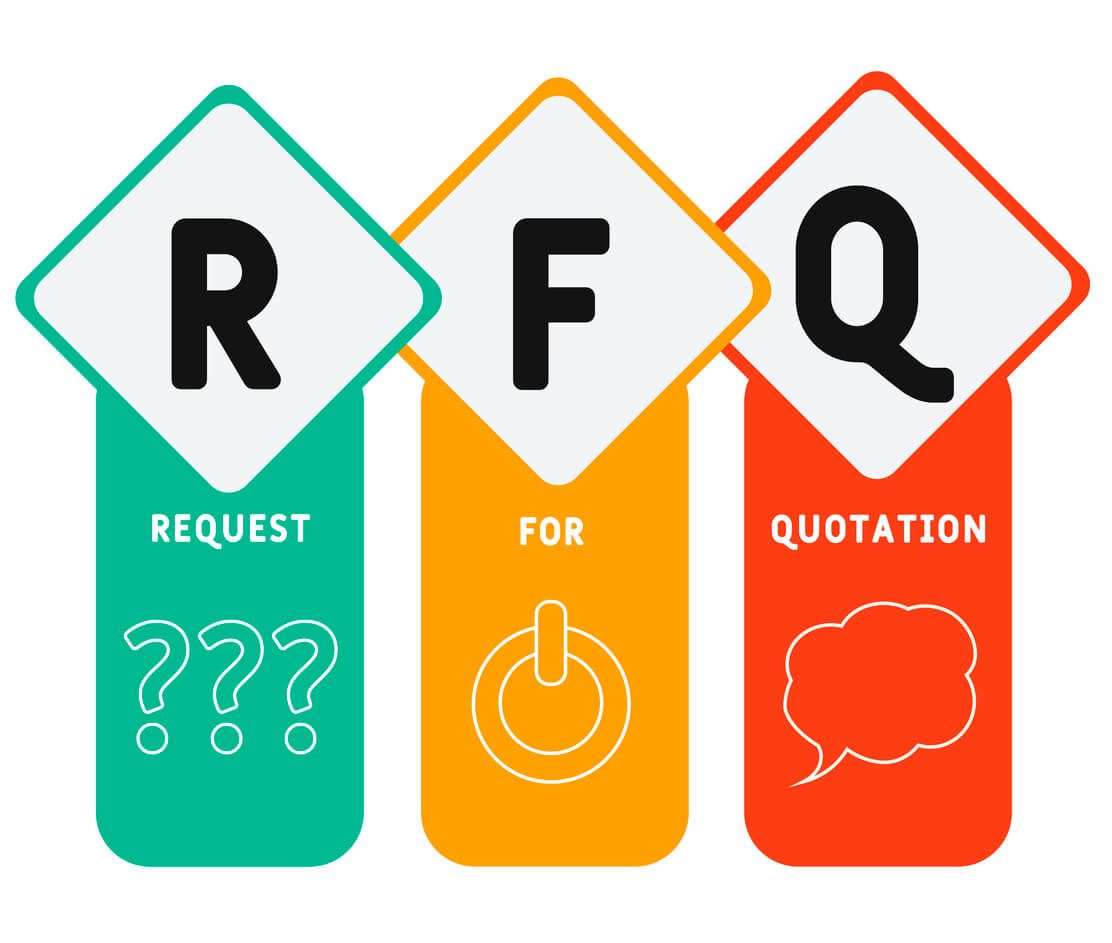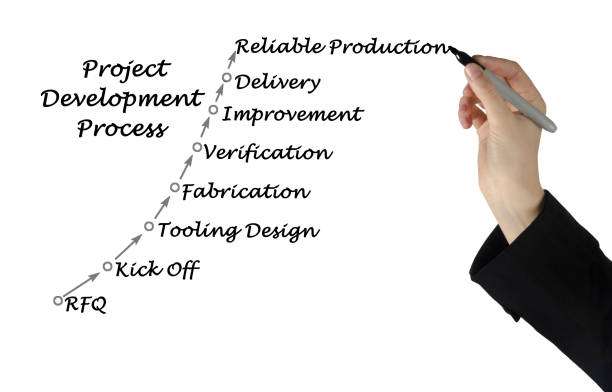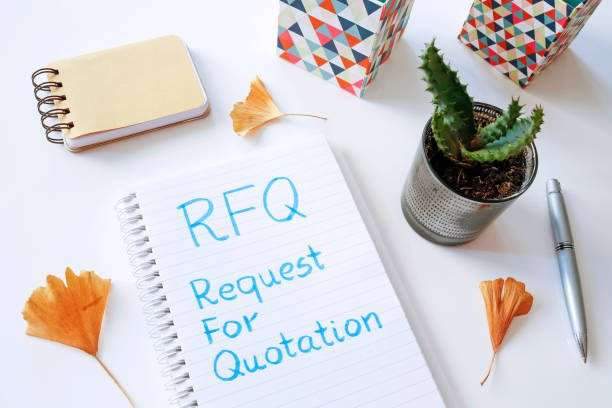Information about a request for quotation (RFQ)
Request for Quotation (RFQ), sometimes known as Invitation to Bid (IFB),
A document that requests suppliers to submit quotes for a job or project opportunity.
Some companies send requests for quotations as standalone requests, or as part of a request for proposal (RFP) process.
Since RFQs can be used at different points in the sourcing process, it can be a bit confusing.
However, these documents are important:
It shows supplier costs, payment terms, and product specifications or details.
Here’s what an RFQ involves, the difference between an RFQ vs. an RFP, and how to use one in your organization.

RFQ vs. RFP
A Request for Proposal (RFP) is a document that announces a project, describes what it entails,
and solicits bids from qualified contractors to complete the project.
An RFP is a communication document that tells potential suppliers what you want to purchase and your expectations for delivery, customizations, or service and maintenance.
In comparison, RFPs often supplement the sourcing process by asking suppliers to provide prices for the items they have proposed in the RFP.
However, RFQs can also be used as the first step in the RFP process if price is an important first differentiator.
When should a request for quotation be issued?
It depends on the organization, sectoral agreements and the need being filled.
Requests for quotations can also be used as a sourcing tool when you know the vendor you want to work with, but want more detail about a price.
An RFQ can also be used somewhat like salary negotiation when contracts with existing suppliers are renewed.
Basically, RFQs are about price and cost.
It is the process of purchasing to request quotes for a specific item, task, or project.
Use a request for quote when your team knows exactly what your organization is looking for and has already thoroughly vetted other criteria.
How does RFQ work?
First, decide whether to allow any vendor to send a response to your request for quotation (RFQ), or whether this document will be issued to selected vendors.
There are pros and cons to each:
While issuing an RFQ to a wider group of sellers can result in more competitive pricing, it also means more vetting work for your purchasing team.
Issuing to a selection can make the process more efficient.
Once you have your target group of sellers, the RFQ process consists of four steps.
- Prepare the RFQ: The RFQ should include a list of products with any required specifications or features, contract quantity or term, delivery date, and payment terms.
- Response Processing: Review each company’s pricing and decide which company can provide all the products/services you need.
- Awarding the contract to the supplier who meets the qualification criteria and submits the best bid.
- Close the request for quotation and review the success of the transaction.
To provide the procurement team with the information they need to make an informed decision,
the RFQ must be specific about the full requirements of the project.
It must provide an understanding of the supplier’s capabilities, costs, price, and payment terms.
A well-executed request for quotation will help you judge whether or not the supplier can supply what your organization needs at the price you want to pay.
It allows you to evaluate all solutions that meet your organization’s resource requirements based on the cost to your organization.
Why should you use an RFQ?
Request for quotation is an essential part of the buying process.
When used with the RFP, it helps finalize the sourcing process and ensure that the supplier-buyer relationship begins on the right foot.
There are also occasions when using an RFQ by itself can be beneficial.

Use the RFQ process when:
- You’ve narrowed down your list of qualified sellers
- You know the specific product or service you want to purchase
- You will choose a seller primarily based on price
- You will buy a product in bulk
- You plan to purchase a product that does not require customization
- You do not need a service, maintenance or support plan included in the agreement
Requests for Quotes focus on getting the best possible price for your purchasing needs.
As such, they are ideally used in situations where there is a specific purchasing need
that does not require a lot of additional customization.
And the MRO inventor might be a good candidate for an RFQ.

How do you get started with RFQs?
Ideally, the RFQ process will make life easier for the procurement team.
It allows you to evaluate all solutions that meet your organization’s resource requirements based on the cost to your organization.
The trick is to manage the RFQ process without adding extra work to the team:
That’s where digital procurement tools can help.
The Requisitions tool also enables the procurement team to view supplier bids and responses side by side for easy project comparison and award.
Fairmarkit can reduce the manual effort of sourcing by utilizing innovative procurement technology.
And by integrating into ERP and P2P systems,
Fairmarkit adds a layer of automation to the digital transformation technology you already have.
Issuing RFQs at any stage of the procurement process is also easy.
For more architectural news







